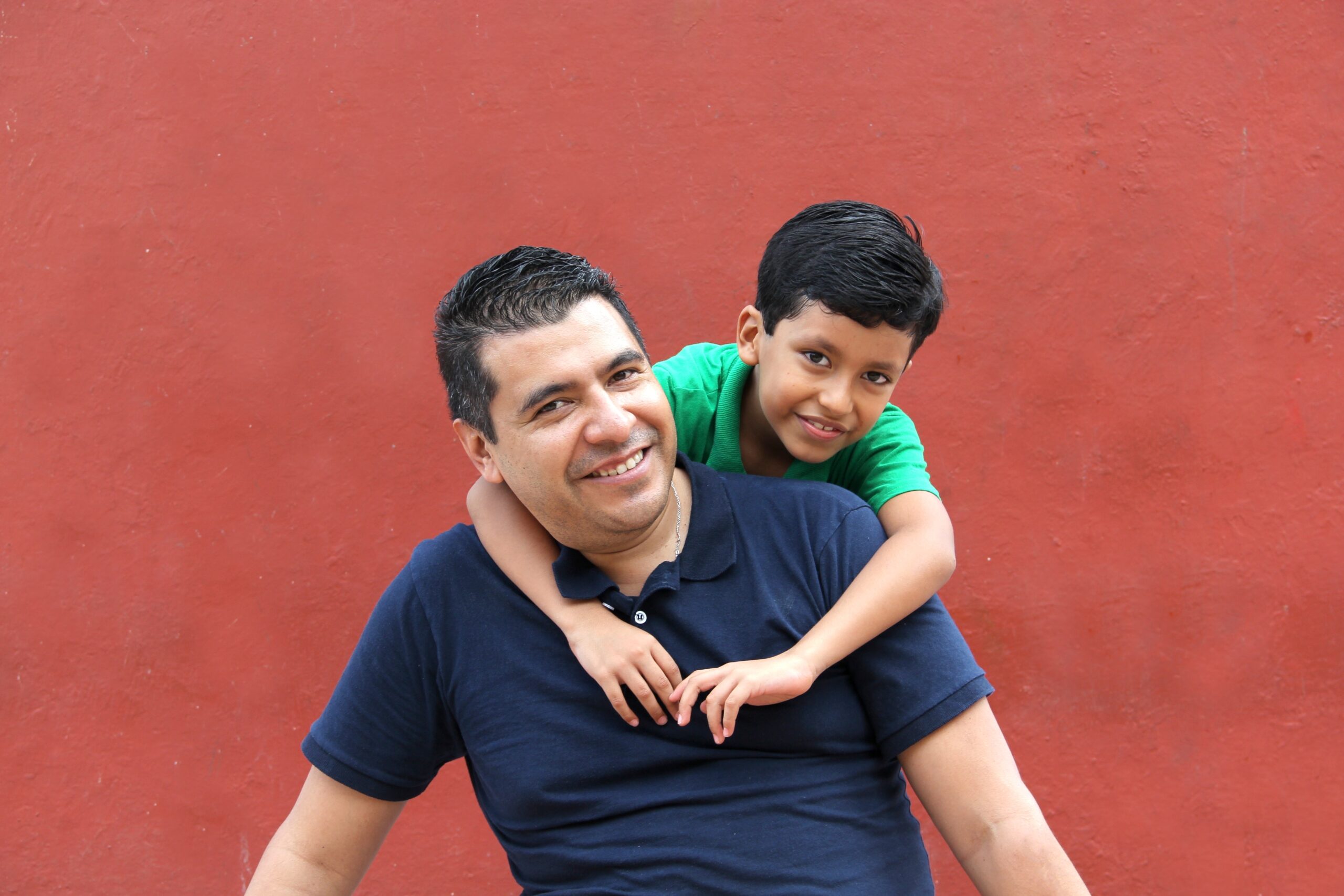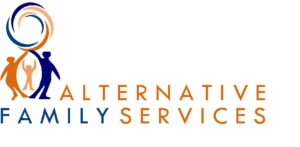The Family First Prevention Services Act: What You Should Know
Passing with bipartisan support in 2018, the Family First Prevention Services Act, or FFPSA, was one of the most recent and most significant federal child welfare and foster care laws passed. Let’s dive into what the law states and how it impacts foster care.

Passing with bipartisan support in 2018, the Family First Prevention Services Act, or FFPSA, was one of the most recent and most significant federal child welfare and foster care laws passed.
What is the FFPSA?
Specifically, the FFPSA amends part of the Social Security Act to “invest in funding prevention and family services to help keep children safe and supported at home, to ensure that children in foster care are placed in the least restrictive, most family-like, and appropriate settings, and for other purposes.”
One of the biggest changes with the law is that it shifts focus and funding away from congregate care – more commonly known as group homes or residential treatment facilities – and towards more home-based options.
There are two key sides to this final point. On one hand, the law aims to support programs and options that are designed to ensure that youth do not enter the child welfare system in the first place. As the Child Welfare Information Gateway, which is part of the U.S. Department of Health and Human Services, has noted, the FFPSA “provides families with greater access to mental health services, substance use treatment, and/or parenting skills courses.”
It also, in the realm of foster care and adoption, aims to shift the focus towards reunification and away from adoption. Essentially, the goal of the law is to provide funding and support to keep youth with biological families whenever possible.
“In 2014, the Preventing Sex Trafficking and Strengthening Families Act reworked the federal adoption incentives program which rewards states for finalizing the adoptions of youth in foster care. That law shifted the program to include guardianships, place more emphasis on the adoption of older youth in foster care, and pegged the incentive calculations to more recent data,” noted John Kelly of Imprint. “The Family First simply extends the incentive program.”
The ultimate goal of the FFPSA is to limit the number of youth in foster care. The idea is to prevent youth from entering the child welfare system and instead empower states and agencies to support reunification when applicable.
The Impact of the FFPSA, Five Years On
According to data from the U.S. Department of Health and Human Services, the number of youth in foster care nationwide has dropped by close to 11% between September 2017 and September 2021. Fewer youth entered foster care in 2021, the last year federal data is available, as compared to 2017 or 2018.
Further, according to the Annie E. Casey Foundation, “placements with relatives increased from 25% to 34% during 2000–2020, and placements in group homes or other facilities dropped from 18% to 10%. Fewer children are placed in pre-adoptive homes (4% in 2020) or have trial home visits (4%), and some older youth live independently with supervision (2%).”
California has seen similar trends over this time period as well.
Of course, there’s still work to be done. Recent numbers compared to data from fiscal year 2018 show foster youth whose case plan goal is reunification actually decreased by three percentage points and the median time in care has increased slightly. This trend may be due to the youth who are now entering care are in need of more intensive services and reunifying with family may not be the safest option.
Still, many of the raw numbers are encouraging. In the years since the FFPSA was passed, fewer youth are entering and remaining in foster care. As states and counties continue to focus on intensive preservation services to keep families together, it’s possible we will continue to see the number of youth in foster care diminish. This is a positive outcome as long as the youth and family members are receiving the support they need to heal and thrive.
AFS and FFPSA
Here at AFS, we have long championed the kinds of changes and reforms that the FFPSA seeks to implement.
Interested in learning more about AFS and our unique approach to child welfare and foster care? Head here for more insights.
